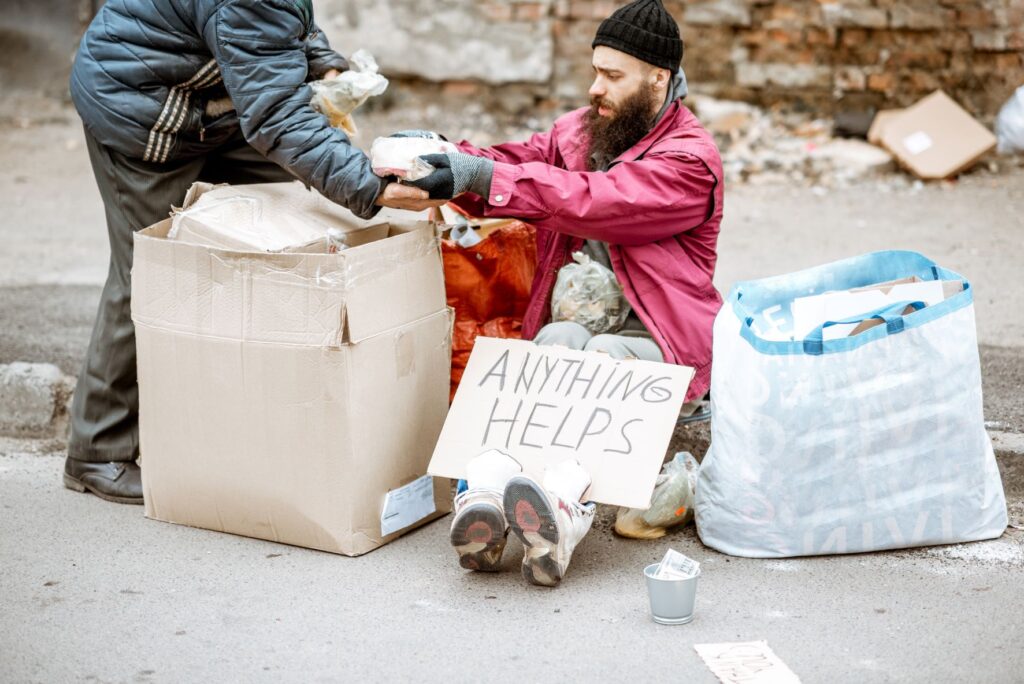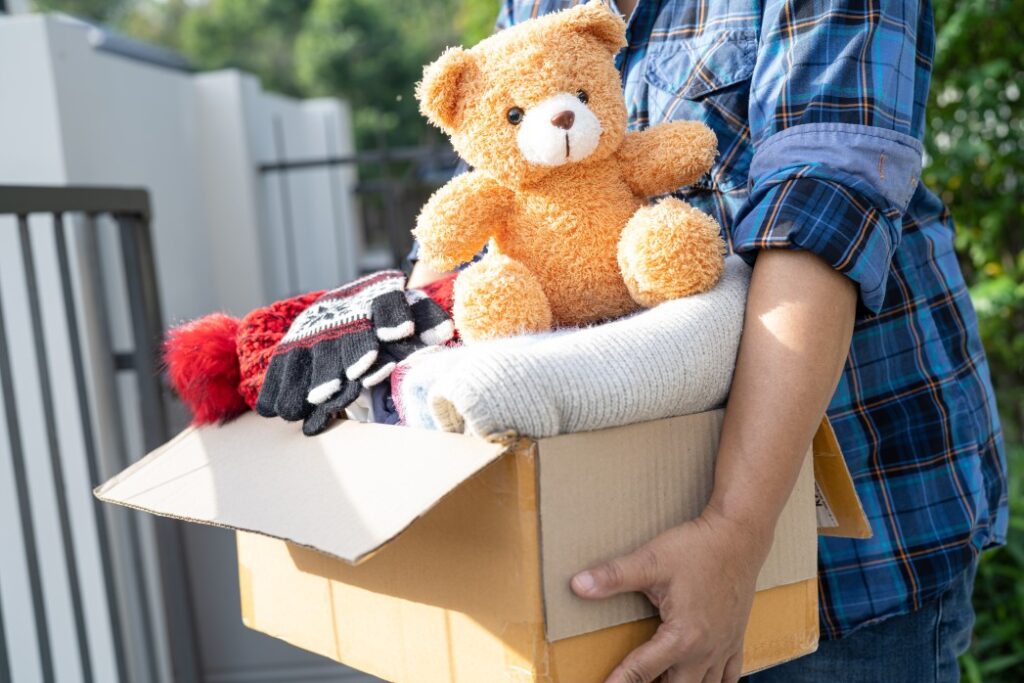A reverse mortgage is a type of loan used to pay for short-term care. It has both benefits and drawbacks. In the U.S., 4.6 million seniors are covered by Medicaid, a social welfare program for low-income seniors that helps them pay for health care. If a senior requires short-term care, reverse mortgages can be a good choice.
Home equity conversion mortgage (HECM)
A Home equity convert mortgage (HECM), is a loan that is granted to homeowners based upon their home’s equity. It requires monthly payments and is generally higher in fees than traditional mortgages. However, it is not as risky as a traditional mortgage. The government backs the loan, so borrowers have protections when they apply for it. Moreover, a HECM is a nonrecourse loan, so if the borrower dies or moves out of the house, the proceeds from the loan are paid to his or her heirs.
A reverse mortgage, also known as HECM, can be obtained by homeowners who are at the least 62 years of age. This type mortgage is backed the Federal Housing Administration and issued by an FHA approved lender.
HECMs can be used to pay for elder care in a number of situations. Using money from a HECM allows you to avoid paying high interest and still pay for expenses such as property taxes and homeowners insurance. This type of loan will also allow you to remain in your home as long as you meet your loan obligations. You can also remodel or sell your home if you are not able to live there.
A counseling session is recommended before you apply for a HECM. This session will clarify your financial situation and connect you with resources. After the counseling session, it is possible to evaluate the different HECM offers available and choose the one that meets your needs best. Then, you need to carefully consider the costs that will be incurred upfront and throughout the loan term. These fees can range from the origination fee to mortgage insurance premium, and third-party fees like title search and inspection fees.
Proprietary reverse mortgage (HECM).
A HECM is a loan that allows you to use your home equity to pay for elderly care. These loans allow you the freedom to keep your home for as long as you can afford to maintain it and pay the taxes. The HECM allows for you to withdraw upto 60% of the principal amount of your home equity. Before you apply for one, make sure you understand the terms.
Most HECMs have restrictions, including not letting you outlive the amount of your home equity. However, this isn’t an issue if you’re not planning on living in your home for the next 12 months or more. You will need to have a plan for paying off your reverse mortgage. Insurance is included in most HECMs. This insurance protects you in the event that your home is taken away. Ultimately, any remaining equity will go to your heirs.
To determine if you are eligible for a HECM, you will need to consult an experienced lender before you apply. They’ll be able determine if your eligibility and schedule a counseling session. An InterNACHI inspector can check for major defects.
Taking out a HECM doesn’t affect your Social Security benefits. In addition, reverse mortgage proceeds don’t count against your federal asset limit. If you leave any unused reverse mortgage proceeds at month’s end, they may be considered a countable asset. A HECM can provide financial security and flexibility that are invaluable for the elderly and their families.
Reverse mortgages – AmeriVerse Reverse Mortgage
A reverse mortgage can help pay for in-home care for elderly relatives or parents who are disabled. The money is tax-free, which can be a huge relief for a family. The funds can be used to pay for prescription drugs or other living expenses. They can even save your home from being foreclosed in some cases.
AmeriVerse Reverse Mortgage have their limitations. Reverse mortgages are not suitable for seniors who move out of their home or die. However, they don’t require repayment. Reverse mortgages are best for those who intend to remain in their home for a very long time. A reverse mortgage loan may not be a good idea if a senior plans on moving out of their home within three to five years.
HECMs, the most popular type of reverse mortgage, are available to many older homeowners. These mortgages are federally insured and are available to many seniors. HECMs are also more accessible than most other types loans. The downside is that they may have higher fees or are not available in all areas.
Reverse mortgages are best for seniors who do not need immediate care. A reverse mortgage can help seniors who are able to stay in their homes for a longer time. It can also provide additional cash to help them maintain a high standard of living. You can also use this money to buy long-term care insurance and home modifications. These modifications can increase the safety and accessibility of seniors’ homes, allowing them stay in their home as long as possible.
Fees
Reverse mortgages and other forms home equity can be a great way to provide elder care. Some people choose to pay out of pocket for elder care, but others may need additional resources to meet their needs. These resources can include asset-based and reverse mortgages, as well as life insurance.
Reverse mortgages allow the borrowers to use the equity in their homes to pay for long-term or short-term care. This type of mortgage, however, has a few drawbacks. A reverse mortgage is not an option if the senior cannot age in their home or plans to sell it in three to five years. If you plan to age in place, however, it may be the best option to finance your long-term living expenses and care.
A reverse mortgage has another important advantage: it allows borrowers to remain in their home and avoid the need to move. However, reverse mortgages come with upfront costs and ongoing costs. Closing costs and other fees, for example, must be paid upfront. Other fees can be paid over time. The proceeds of the loan are often deducted from the upfront costs. The costs of senior living in the home may be greater than the benefits.
The FHA backs HECMs, a type of reverse mortgage backed by the federal government. This type of mortgage can only be used to pay for certain types of long-term or short-term care. These include rehabilitation following surgery, hospitalizations, or other medical care services. Although the reverse mortgage can be used to finance a long-term residence, it may not be possible to fund the residence.
Impact on retirement benefits
Reverse mortgages are a way to add to your retirement savings. If you’re short on funds and don’t have any immediate family members who might want to inherit your home, this may be a viable option. It is not the right choice for everyone. Some people can make more money starting a side hustle, while others may sell their home to their kids or downsize to a retirement village.
Reverse mortgages can be obtained by homeowners who are at least 62 years old and are having difficulty paying their living expenses. They won’t affect your eligibility to Social Security retirement benefits. Supplemental Security income, which is a payment that is subject to means testing, is the exception to this rule. It can affect your ability to be eligible for other means-tested programmes, such as Medicaid.

The money is exempt from taxes and doesn’t interfere with Medicare or Social Security benefits. Reverse mortgage funds can be used to pay for senior homeowners’ medical bills, adult care, prescription drugs, credit card debt and home repairs. Also Reverse mortgages are also available to senior homeowners to help them pay off their mortgages.
Reverse mortgages have their drawbacks. The interest rates on HECMs can be tied to one-year Treasury securities. Also the interest rate for monthly adjustable mortgages starts lower and goes up each month. The interest rate may eventually rise to 10%.
Reverse mortgages are subject to certain limitations
Reverse mortgages can be used to pay for elder care, but there are limitations. First of all, reverse mortgages are non-recourse loans, meaning the borrower cannot owe more than the value of their home or the amount they borrowed. These loans are not available for younger borrowers and are usually only available to seniors.
Reverse mortgages work best for those who plan to live in their home for a very long time. For instance, they are not suitable for aging-in-place homes or for homes that will be sold within three to five years. They can be used for assisted living services for one spouse or for care in a nursing home for a second borrower.
Another limitation of reverse mortgages for paying for elder care is that they are usually not countable for purposes of government assistance. Therefore, using your home equity for care payment could make you ineligible for government benefits. Before you apply for a reverse mortgage, make sure you check your eligibility requirements.
The amount owed on a reverse mortgage is the balance of the loan, plus interest. The income from this loan isn’t taxable but you must still make your payments. You will also need to maintain your home and pay property taxes. This is because reverse mortgages do not have a repayment option, so your heirs will not be able to claim the money.



